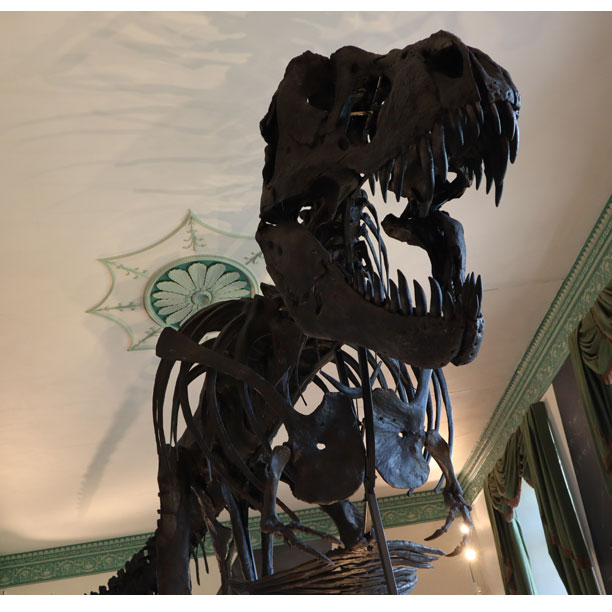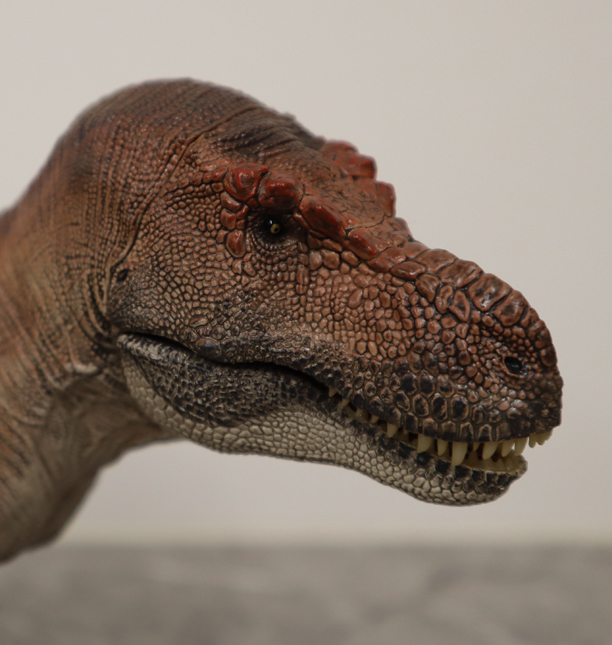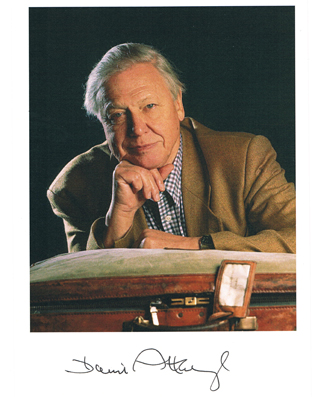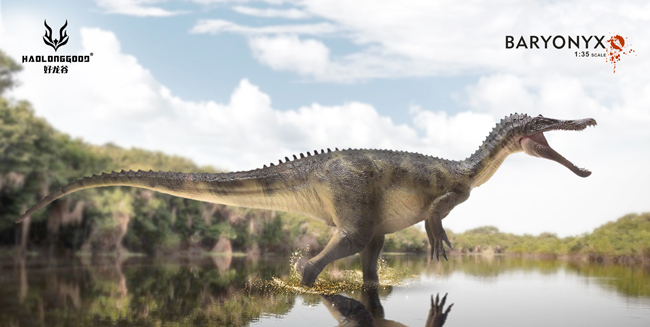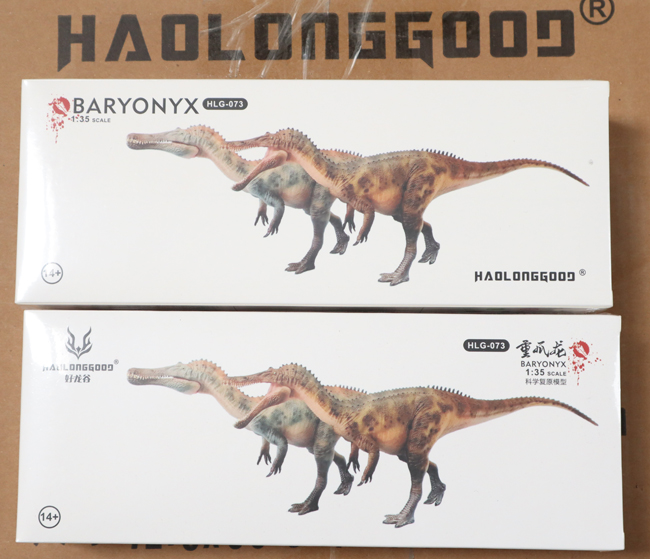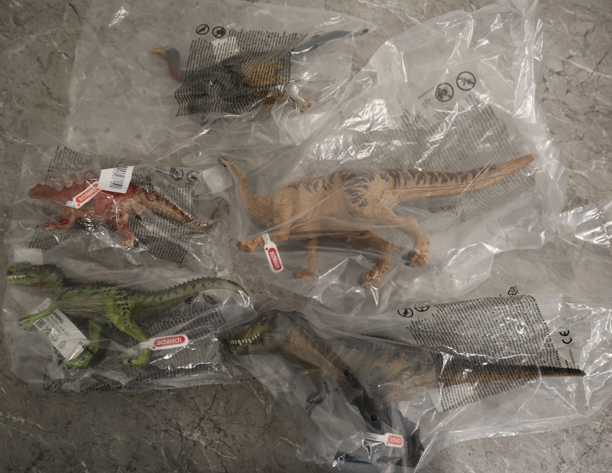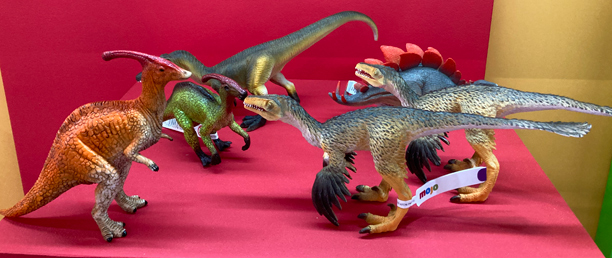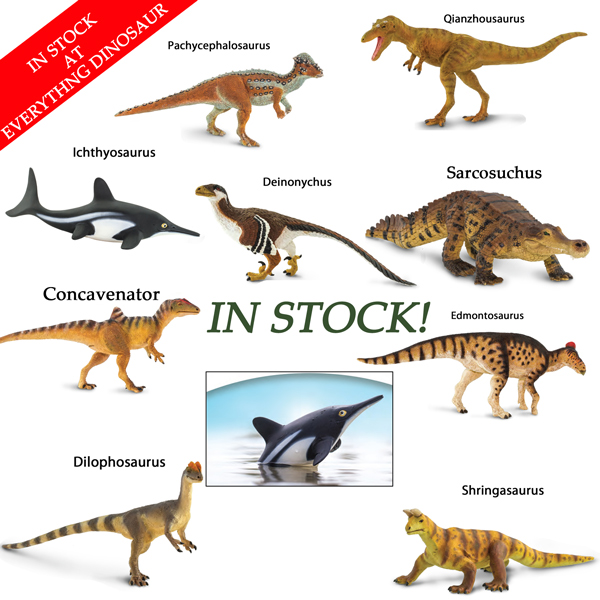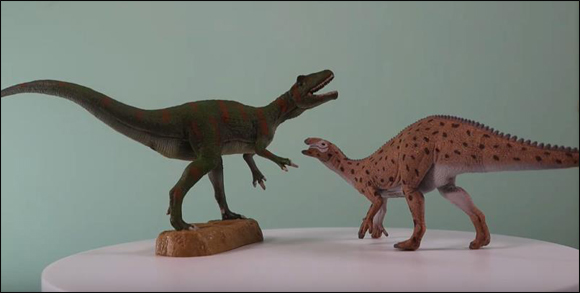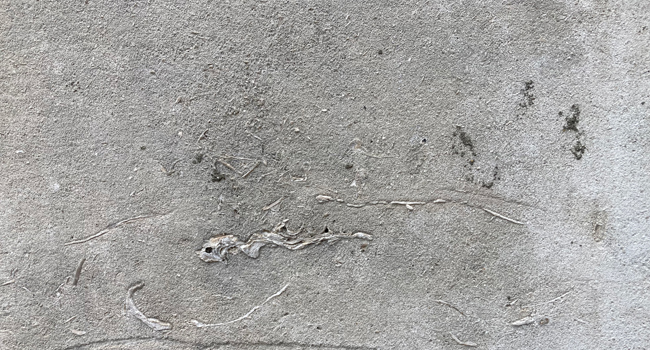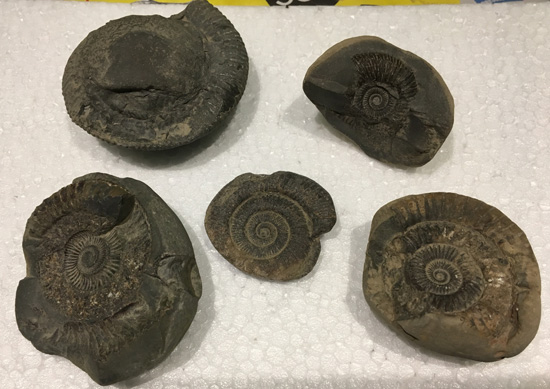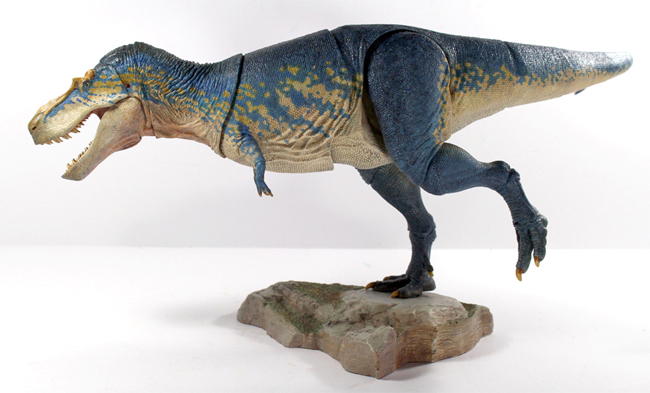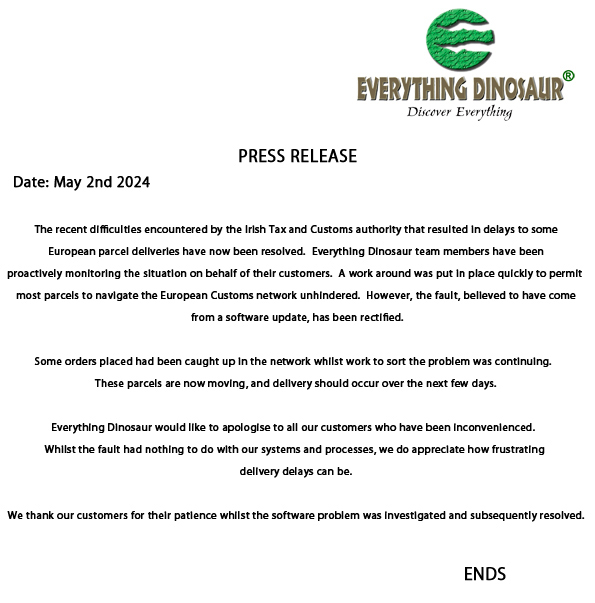Glaswegian Prehistoric Shrimp Fossil Revealed to be New Species
The people of Glasgow have been recognised as a new species of prehistoric crustacean has been named in their honour. The newly described taxon has been named Tealliocaris weegie. The small but robust shrimp was part of a marine ecosystem that thrived in what was to eventually become Scotland over 330 million years ago. The scientific paper describing this “wee beastie” was published in the Royal Society of Edinburgh’s journal Earth and Environmental Science Transactions.
Tealliocaris weegie
This little shrimp was preserved in shale, the remnants of an ancient Carboniferous seabed. The fossil comes from the world-famous site from which the Bearsden Shark (Akmonistion zangerii) was excavated in the early 1980s.
To read an article from 2015 on the Bearsden Shark: Rare Scottish Prehistoric Shark is Honoured.
Both the Bearsden Shark specimen and an example of the Tealliocaris weegie shrimp fossil can be seen on display at The Hunterian, University of Glasgow.
The Glaswegian shrimp was originally thought to be a variant of another species but is now known to belong to a different genus, which meant it warranted its own scientific name. The authors of the paper (Dr Neil Clark and Dr Andrew Ross) thought that it would be appropriate to name the new species in honour of the people of Greater Glasgow and in the local dialect.

Dr Neil Clark Curator of Palaeontology at the Hunterian University of Glasgow. Picture credit; The Hunterian/University of Glasgow.
Dr Neil Clark, Curator of Palaeontology at The Hunterian, explained:
“It is quite rare that any fossil is recognised as a new species and particularly the fossilised remains of a shrimp. I am especially proud, as a Glaswegian myself, that we were able to name a fossil shrimp Tealliocaris weegie. Named after the people of Glasgow, this must surely be one of the oldest ‘Weegies’ at over 330 million years old.”
Professor Rob Ellam FRSE, Emeritus Professor at the University of Glasgow and Editor of the Transactions journal added:
“This new species of fossil crustacean is basically a tiny fossil version of what we eat as scampi today. This paper goes to show that there is still great science to be done with fossils that can be discovered on our own doorstep. Moreover, naming one of the new species Tealliocaris weegie shows that there is still room in the serious world of professional palaeontology and scientific publishing for a welcome bit of light-hearted Glaswegian banter.”
An Exceptionally Rare Form of Fossil Preservation
These prehistoric shrimps, fish, sharks, and other animals lived in an equatorial lagoon when Scotland straddled the equator during the Carboniferous. The exceptional preservation suggests that the bottom of the lagoon was anoxic (low in oxygen) thus preventing scavengers from destroying the remains and allowing the fossils to remain intact through the millions of years before being excavated. Bacterial decay of the shrimps in anoxic conditions has promoted the replacement of the soft tissues by calcium phosphate. This very rare form of preservation can be found in deposits known as Konservat Lagerstätte. This is a German term used to describe a highly fossiliferous deposit with exceptional specimen preservation.
Co-author Dr Andre Ross, the Principal Curator of Palaeobiology at National Museums Scotland stated:
“This new species of crustacean, along with others collected recently from the Scottish Borders, now in the collections of National Museums Scotland, add to our knowledge of life at the beginning of the Carboniferous, 350-330 million years ago, when back-boned animals were starting to colonise the land.”

Co-author of the scientific paper Dr Andrew Ross Principal Curator of Palaeontology at National Museums Scotland. Picture credit: Phil Wilkinson.
The Bearsden site and other nearby locations are extremely important to palaeontologists. The preservation of specimens is remarkable. In some fossils, the muscles and blood vessels can be observed in the partially decayed bodies of the crustaceans as a result of being preserved in phosphates.
Everything Dinosaur acknowledges the assistance of a media release from The Hunterian Museum (Scotland) in the compilation of this article.
The scientific paper: “Caridoid crustaceans from the Ballagan Formation (Tournaisian, Lower Carboniferous) of Willie’s Hole, Chirnside, Scottish Borders, UK” by Neil D. L. Clark and Andrew J. Ross published in the Royal Society of Edinburgh’s journal Earth and Environmental Science Transactions.
The award-winning Everything Dinosaur website: Prehistoric Animal Models and Toys.








